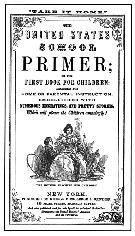 My last column discussed the evolution in paint technology. This month, I will talk about what is under the paint and talk about primers.
My last column discussed the evolution in paint technology. This month, I will talk about what is under the paint and talk about primers.
Automotive primers have come a long way in the last few decades. Primers serve several functions. First, they bond to and protect bare metal. Second, they fill very small imperfections. Third, they provide a stable base foundation for the top coat, or color paint.
Why are there so many types of primer? Not too long ago, primers were lacquer based. If the top coat was lacquer this was simply applied over the primer. If the top coat was an enamel paint, an enamel primer/sealer was applied over the lacquer primer. These primers were often unstable, and did little to protect metal from corrosion. Lacquer primers would shrink months or years after being sprayed, showing sanding marks and causing the top coat of paint to crack. Lacquer base primers do not shed water, they actually absorbed some moisture. This moisture would then find its way down to the bare metal. Of course, lacquer based paint will go back to a liquid when exposed to a solvent, like lacquer thinner.
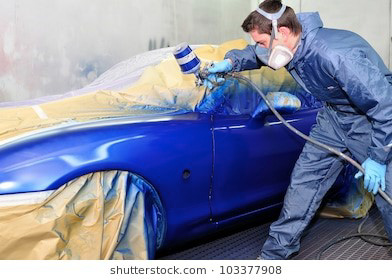 Acid etching primers did a good job of adhering to bare metal, but offered little corrosion protection.
Acid etching primers did a good job of adhering to bare metal, but offered little corrosion protection.
Epoxy primers, or “2K” primers bond well to bare metal, and also offer excellent corrosion protection. Epoxy primers are not sandable, and do not work well as a primer surfacer.
Primer-surfacers are used for final body work to give a smooth, flat surface foundation for the top coat or color paint. These primers have filler in them, and are easily sandable. These are the primers that are laboriously block sanded until the surface is smooth and flat.
Once the block sanding is done the primer is sealed with a sealer primer.
Final paint will show color shift if painted over different color primers, and will also show any sanding marks. Color paint is only a pigment, and will not hide anything underneath.
Confused yet? Don’t be. There is a system to priming. You may remember about 20 years or so ago car ads talked about the multi layers of paint. As urethane paints began to dominate the automotive paints, these “multi-layer” paints became standard.
First, an epoxy, or catalyzed primer coats and seals bare metal. There may be a self etching or acid etching primer under the epoxy primer. Epoxy primer has exceptional adhesion and corrosion protection.
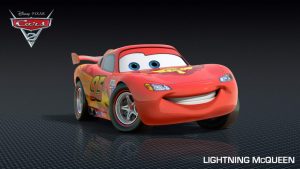 Over the epoxy primer is a primer surfacer. This primer is sanded smooth and flat. Over the primer surfacer is a sealer. The purpose of the sealer is to provide a thin, hard, smooth surface over the primers for the color coat. Without the sealer primer, sanding marks and color changes will show in the top coat of paint. Sealers need to be top coated relatively quickly for the color paint to bond well.
Over the epoxy primer is a primer surfacer. This primer is sanded smooth and flat. Over the primer surfacer is a sealer. The purpose of the sealer is to provide a thin, hard, smooth surface over the primers for the color coat. Without the sealer primer, sanding marks and color changes will show in the top coat of paint. Sealers need to be top coated relatively quickly for the color paint to bond well.
If the color coat is a base/clear system, then there are two additional layers of paint on top of the primers.
I am amazed at how well these new primers work. I have had excellent results with using epoxy primer for rust repair. The rust repair actually outlasts the factory corrosion protection. Two part catalyzed primer surfacers are easy to sand, and remain stable forever. No more sanding marks showing up months after a car is painted. I often use epoxy primer thinned with reducer as a sealer. It is a bit more expensive than sealer, but it is one less product to have on hand, and I have been very pleased with the results.










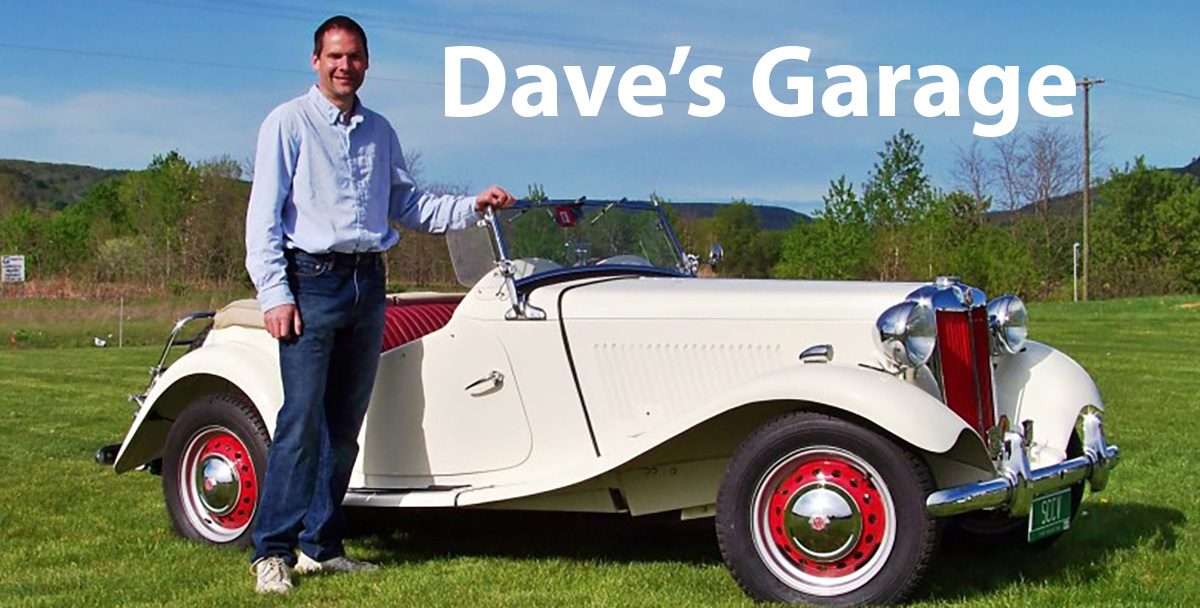
 Let me first briefly explain the history of automotive paints. The early autos were painted with the same paint people had been painting carriages with for years. There was no “automotive” paint. Not paint in the traditional sense we think of when we talk about paint today. Early paint was basically linseed oil and a binder, with pigment, or crude shellac. This paint was applied with a brush and took a long time to dry. These paints were not very durable, often literally falling off the metal in a year or two. These finishes offered very little U/V protection and broke down quickly.
Let me first briefly explain the history of automotive paints. The early autos were painted with the same paint people had been painting carriages with for years. There was no “automotive” paint. Not paint in the traditional sense we think of when we talk about paint today. Early paint was basically linseed oil and a binder, with pigment, or crude shellac. This paint was applied with a brush and took a long time to dry. These paints were not very durable, often literally falling off the metal in a year or two. These finishes offered very little U/V protection and broke down quickly. Enamel paints used enamel resins. This type of paint takes much longer to dry than lacquer and actually dries in two steps. First, the enamel reducer evaporates and the paint becomes solid. Next, the resin oxidizes when it reacts to the air. This is why the new finish cannot be waxed for 30 days after application. The enamel paints dry to a hard, glossy finish and do not need the rubbing out as lacquer needs. The drying of enamel paints could be accelerated by the use of a baking oven.
Enamel paints used enamel resins. This type of paint takes much longer to dry than lacquer and actually dries in two steps. First, the enamel reducer evaporates and the paint becomes solid. Next, the resin oxidizes when it reacts to the air. This is why the new finish cannot be waxed for 30 days after application. The enamel paints dry to a hard, glossy finish and do not need the rubbing out as lacquer needs. The drying of enamel paints could be accelerated by the use of a baking oven.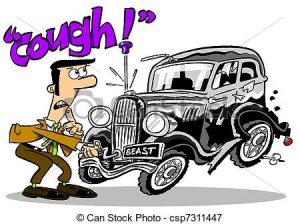 So, what is an old car person to do?
So, what is an old car person to do? 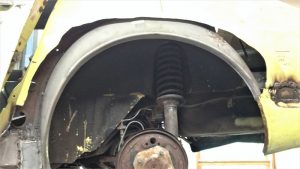
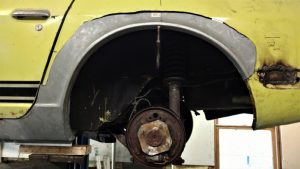
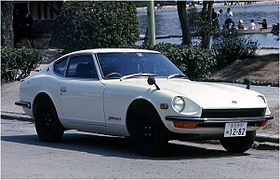
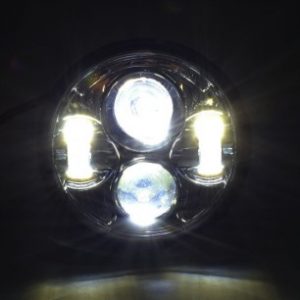 One of the headlights recently burned out on one of my Saabs. No big deal, this happens every so often. A set of premium brighter bulbs costs almost fifty bucks, and I have noticed they do not last as long as the regular bulbs. A pair of LED bulbs is only fifteen dollars more, and these will outlast the car. I decided to order the LED bulbs and try them. They are a direct fit replacement for the standard halogen bulb. Unlike many LED bulbs on the market, these bulbs are an engineered replacement for the incandescent bulbs.
One of the headlights recently burned out on one of my Saabs. No big deal, this happens every so often. A set of premium brighter bulbs costs almost fifty bucks, and I have noticed they do not last as long as the regular bulbs. A pair of LED bulbs is only fifteen dollars more, and these will outlast the car. I decided to order the LED bulbs and try them. They are a direct fit replacement for the standard halogen bulb. Unlike many LED bulbs on the market, these bulbs are an engineered replacement for the incandescent bulbs.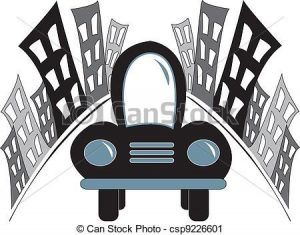 In addition to lasting much longer, the LED bulbs do not generate heat, takes far less energy, and you can actually touch the bulb without destroying the bulb. Interestingly, I noticed both old headlight bulb pigtails were partially melted when I installed the LED bulbs.
In addition to lasting much longer, the LED bulbs do not generate heat, takes far less energy, and you can actually touch the bulb without destroying the bulb. Interestingly, I noticed both old headlight bulb pigtails were partially melted when I installed the LED bulbs. I recently lost the radio in my every day Saab. I went to
I recently lost the radio in my every day Saab. I went to 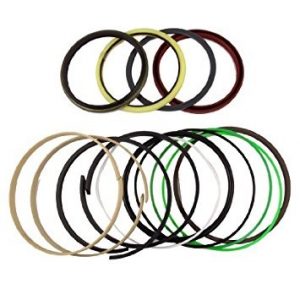 Anyone who has replaced oil seals without removing the shaft that seals against the seal knows what a struggle the seal installation is. Think of replacing the front main crankshaft seal in place without removing the timing cover or the crank shaft. This job requires applying equal pressure around the circumference of the seal, or it will warp or bend.I have taken several pieces of scrap PVC Schedule 40 drain pipe and cut it in lengths of three inches or so. Interestingly, the diameter of many grease seals is the same diameter of PVC drain pipe. The thickness of the PVC pipe is the perfect thickness to use as an oil seal installation tool.
Anyone who has replaced oil seals without removing the shaft that seals against the seal knows what a struggle the seal installation is. Think of replacing the front main crankshaft seal in place without removing the timing cover or the crank shaft. This job requires applying equal pressure around the circumference of the seal, or it will warp or bend.I have taken several pieces of scrap PVC Schedule 40 drain pipe and cut it in lengths of three inches or so. Interestingly, the diameter of many grease seals is the same diameter of PVC drain pipe. The thickness of the PVC pipe is the perfect thickness to use as an oil seal installation tool.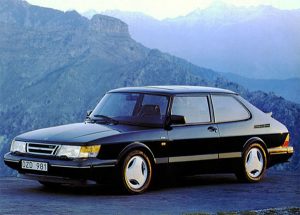
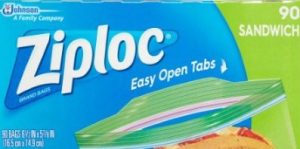

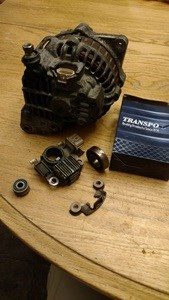 How does one overhaul an alternator? Usually when an alternator wears out, it is due to the wear items reaching the end of their useful life. The wear items in an alternator are the brushes and the bearings. On this alternator, like many alternators, the brushes are part of the regulator assembly. While new brushes can be soldered in to the existing regulator, it is far easier to replace the assembly as a unit.
How does one overhaul an alternator? Usually when an alternator wears out, it is due to the wear items reaching the end of their useful life. The wear items in an alternator are the brushes and the bearings. On this alternator, like many alternators, the brushes are part of the regulator assembly. While new brushes can be soldered in to the existing regulator, it is far easier to replace the assembly as a unit.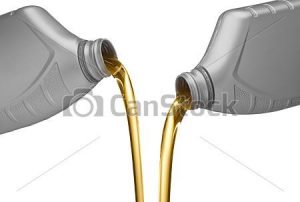 The question of synthetic oil in our old cars is a good one. Like any selection of engine oil, it comes down to the application.
The question of synthetic oil in our old cars is a good one. Like any selection of engine oil, it comes down to the application.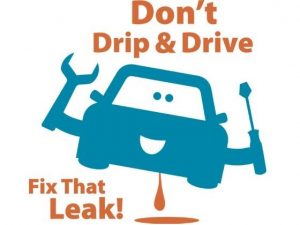 I have had a number of people tell me they will not use synthetic oil, because they think it will leak out. If your engine already leaks oil, this is true. Synthetic oil will not cause new leaks in an engine. If the engine has sound seals and gaskets, synthetic will not leak any more than conventional oil.
I have had a number of people tell me they will not use synthetic oil, because they think it will leak out. If your engine already leaks oil, this is true. Synthetic oil will not cause new leaks in an engine. If the engine has sound seals and gaskets, synthetic will not leak any more than conventional oil.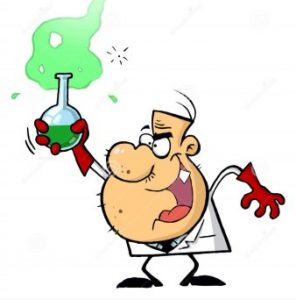 Group III synthetics are oils based upon hydrocracked crude oil. They have many qualities of “true” synthetic oils, but they are not manufactured or “synthesized” in a lab. They are refined from crude oil.
Group III synthetics are oils based upon hydrocracked crude oil. They have many qualities of “true” synthetic oils, but they are not manufactured or “synthesized” in a lab. They are refined from crude oil.